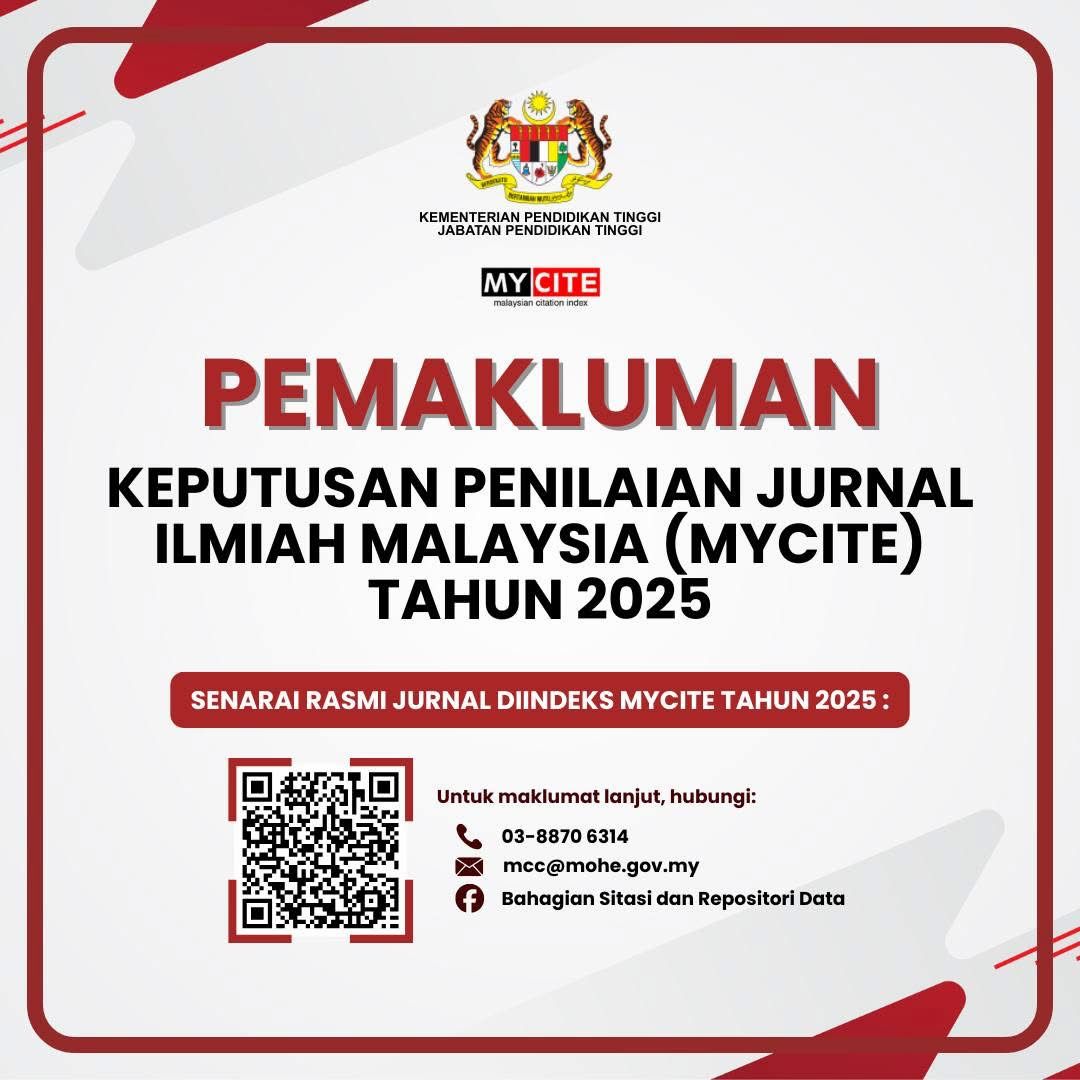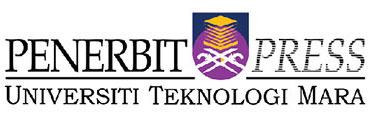The Influence of Cultural Congress on the Preferences of the Permanent Collection of the National Art Gallery of Malaysia
DOI:
https://doi.org/10.24191/idealogy.v8i2.465Keywords:
National Art Gallery, Cultural Congress, quantitative research, collections, cultural capital.Abstract
Since Malaysia's independence, the government convened the National Cultural Congress in 1971, which discussed building national identity in Malaysia through the culture of various races. The National Art Gallery, as an official institution with policy overtones, maintains a permanent collection of artworks for the nation, showcases the work of local and international artists, and encourages the development of art in the community. Therefore, this study uses a quantitative approach to secondary research, using the Cultural Congress as a dividing line, and to statistically classify works from each of the five years before and after by comparing changes in the nationality of the artists, the medium of the works, and the subject matter of the works to verify whether the emergence of the Cultural Congress had a significant impact on the National Art Gallery's collecting preferences. The results of this study show that the National Art Gallery's collection of works by national artists has also been on the rise since 1971, particularly in terms of the number of works by Malay artists and indigenous subjects. This research helps to examine the influence of the Cultural Congress from different perspectives and to understand the role of social factors on the views and approaches of artists. In addition, the collection of the art gallery will be collated and summarised to understand the preferences of the collection in each period and thus provide insight into the prevailing genres and approaches to art.
Keywords: National Art Gallery, Cultural Congress, quantitative research, collections, cultural capital.
References
Azian,T., &Rosiah, M. N. (2009). Kesedaran Pelukis Moden Malaysia Dalam Seni Islam Berlandaskan Dasar Seni Kebangsaan, from https://www.researchgate.net/publication/344805421_Kesedaran_Pelukis_Moden_Malaysia_Dalam_seni_Islam_Berlandaskan_Dasar_Seni_Kebangsaan
Benjamin, W. (2008). The work of art in the age of its technological reproducibility, and other writings on media. Harvard University Press.
Bourdieu, P. (1996). The rules of art: Genesis and structure of the literary field. Stanford University Press.
Bourdieu, P. (2011). The forms of capital. (1986). Cultural theory: An anthology, 1, 81-93.
Bruno Fredrik Resch, M. (2011). Management of Art Galleries–Business Model. The University of St. Gallen.
Chernyaeva, I. V., & Stepanskaya, Y. V. (2013). The design activity of art galleries of Altai at the beginning of the XXI century. World Applied Sciences Journal, 24(6), 794-797.
Firdaus Naif, O.Z., Muhammad, A., Hawari, B., & Azharudin, M. (2018). Interpretation of 9 Selected Visual Works of Contemporary Young Talent from the Context of the National Cultural Policy Core. Idealogy Journal, 3(2), 43-60.
Fopp, M. (1997). Managing museums and galleries. Psychology Press.
Gray, C. (2011). Museums, galleries, politics and management. Public Policy and Administration, 26(1), 45-61.
Heidegger, M. (2017). The origin of the work of art. In Aesthetics (pp. 40-45). Routledge.
Izmer, A. (2008). Tracing the mark of circumcision in modern Malay/sian art (Doctoral dissertation).
King, V. T. (2016). Conceptualizing culture, identity and region: Recent reflections on Southeast Asia. Pertanika Journal of Social Sciences and Humanities, 24(1), p33.
Lisiewicz, M. (2013). Global Definition of National Identity: Dilemmas of the National Art Gallery Exhibiting Contemporary Art. Artl@ s Bulletin, 2(1), 9.
Mohd Jamil, M. I. (2023). Tracing and Tracking Malaysian Printmaking Exhibitions: 1960-2020. Idealogy Journal, 8(1).
Noor A'yunni, M., Ishak, R., Salwa, A., & Noor Enfendi, D. (2016). Characteristics of Multifunction Malaysian Art Galleries. In Proceedings of the 2nd International Colloquium of Art and Design Education Research (i-CADER 2015) (pp. 279-290). Springer Singapore.
Noor A'Yunni, M.,Azian,T., Ishak, R., & Syed Alwi , S. A. B. (2023). The Development of the Malaysian Cultural Elements Framework. Idealogy Journal, 8(1).
Önsal, B. (2006). Emergence of art galleries in Ankara: a case study of three pionerring galleries in the 1950s (Master's thesis, Middle East Technical University).
Preziosi, D., & Lamoureux, J. (2012). The art of art history. In In the Aftermath of Art (pp. 69-94). Routledge.
RW Speller, J. (2011). Bourdieu and literature (p. 203). Open Book Publishers.
Sarena, A.(2017). Malay and Islam-Centric national narratives: modern art in Malaysia during the 1980s.The Newsletter | No.77.
Sulaiman, E. (1997). Islam and the politics of art in post-independence Malaysia. Temple University.
Wan Samiati Andriana, W M D. (2017) .An axiological study on Islamic visual art in Malaysia from 1957 to 1999/Wan Samiati Andriana W. Mohamad Daud (Doctoral dissertation, Universiti Teknologi MARA).
Downloads
Published
Issue
Section
License
UiTM Press (the Publisher) has agreed to publish the undersigned author’s paper in Idealogy Journal. The agreement is contingent upon the fulfilment of a number of requirements listed below.
1. The undersigned author warrants that the paper entitled below is original, that it is not in any way libellous or unlawful in Malaysia, that it does not infringe any copyright or other proprietary right. The undersigned hereby represents and warrants that he/she is the author of the paper, except for material that is clearly identified as to its original source, with permission notices from the copyright owners where required. The undersigned represents that he/she has the power and authority to sign and execute this agreement.
2. The undersigned author warrants that the paper entitled below has not been published elsewhere, and also it will not be submitted anywhere else for publication prior to acceptance/rejection by this Journal.
3. By submitting the paper entitled below, the undersigned author agrees to transfer the rights to publish and distribute the paper in an international e-journal (entitled above) to Publisher.
4. The undersigned author agrees to make a reasonable effort to conform to Publisher's submission guidelines and to liaise with the editor to ensure that the requirements of these guidelines are met to a reasonable degree.
5. The corresponding author signs for and accepts responsibility for releasing this material on behalf of any and all coauthors. This agreement is to be signed by at least one of the authors who has obtained the assent of the co-author(s) where applicable. After submission of this agreement signed by the corresponding author, changes of authorship or in the order of the authors listed will not be accepted.




